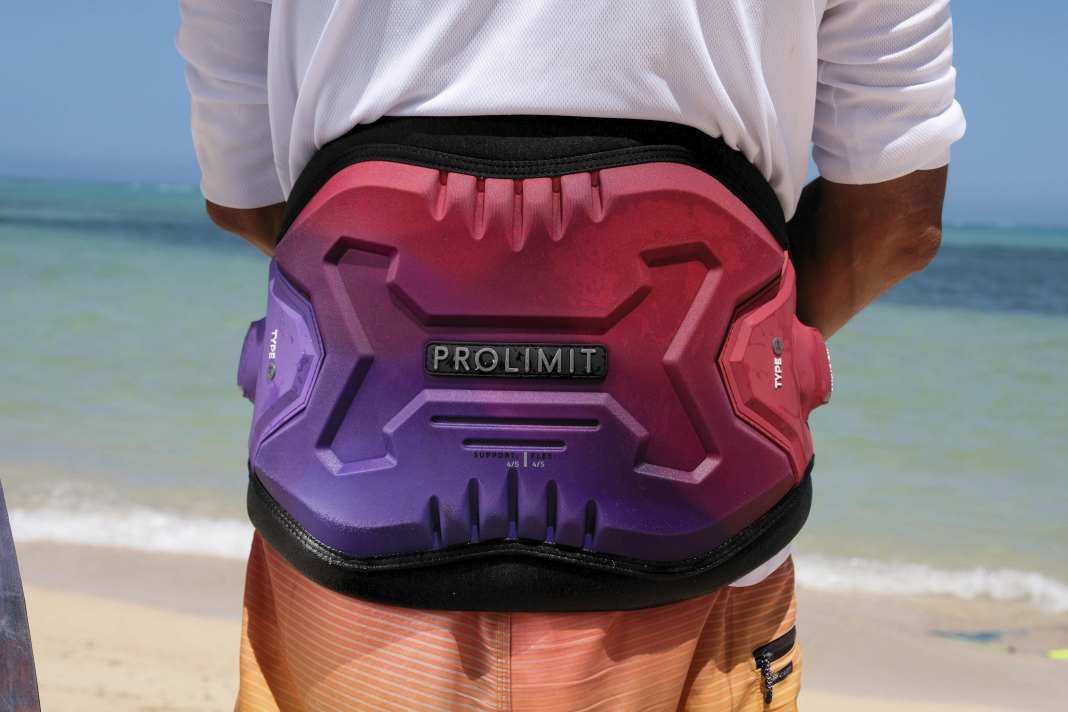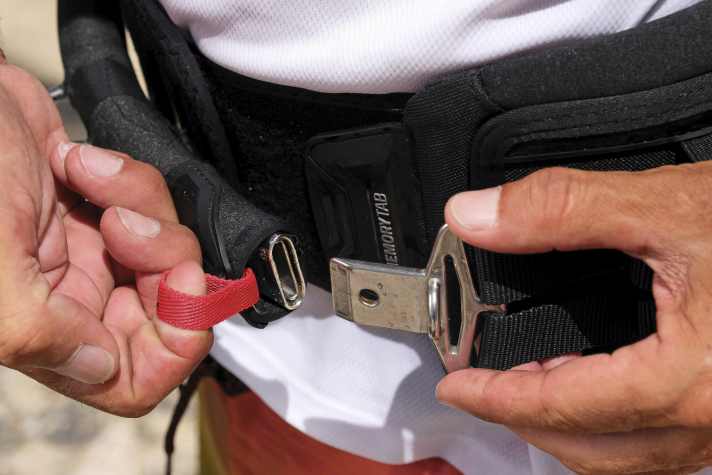





After three weeks of freeride testing, these harnesses are well broken in by our testers. Both models belong to the category with a "semi-rigid" shell, i.e. without carbon laminate: slightly more flexible, significantly cheaper. Nevertheless, the solid thermal foam gives the two 3D-moulded shells a similarly stable hold.
According to our practical tests, the differences between the two models lie more in the details. The Teamwave has a slightly narrower cut and sits a little closer to the body at the upper and lower edges. In contrast, the Type-T with its concave outline is less noticeable at the edges. The inner part of the Type-T has a slightly more curved effect and therefore distributes slightly more pressure on the lumbar vertebrae. The proportion of firmer foam on the inside (light and dark foam have different densities - "dual density") is also slightly higher, which could possibly give this impression. Depending on taste, the slightly stronger support in the lumbar area is perceived as pleasantly supportive. Nevertheless, the Type-T with the softer edge area still sits a little more airily on the body overall.

Both harnesses are very comfortable to wear and offer more than enough dimensional stability and support, even for surfing with large freeride sails - with very good freedom of movement. The Type-T has slightly more support in the centre, the Teamwave has more contact at the edges. The neoprene strap, which holds the harness securely to the body, and the tried-and-tested fastener are identical. The direction of pull when closing is ergonomically designed and the harness does not have to be tightened a millimetre more than necessary. The two straps of the Teamwave hold the hook down slightly better than the single strap - but only in nuances. A pull on the red zip line is enough to open it. The Type-T costs 229 euros, the Teamwave 249 euros. More colours and info: prolimit.com
